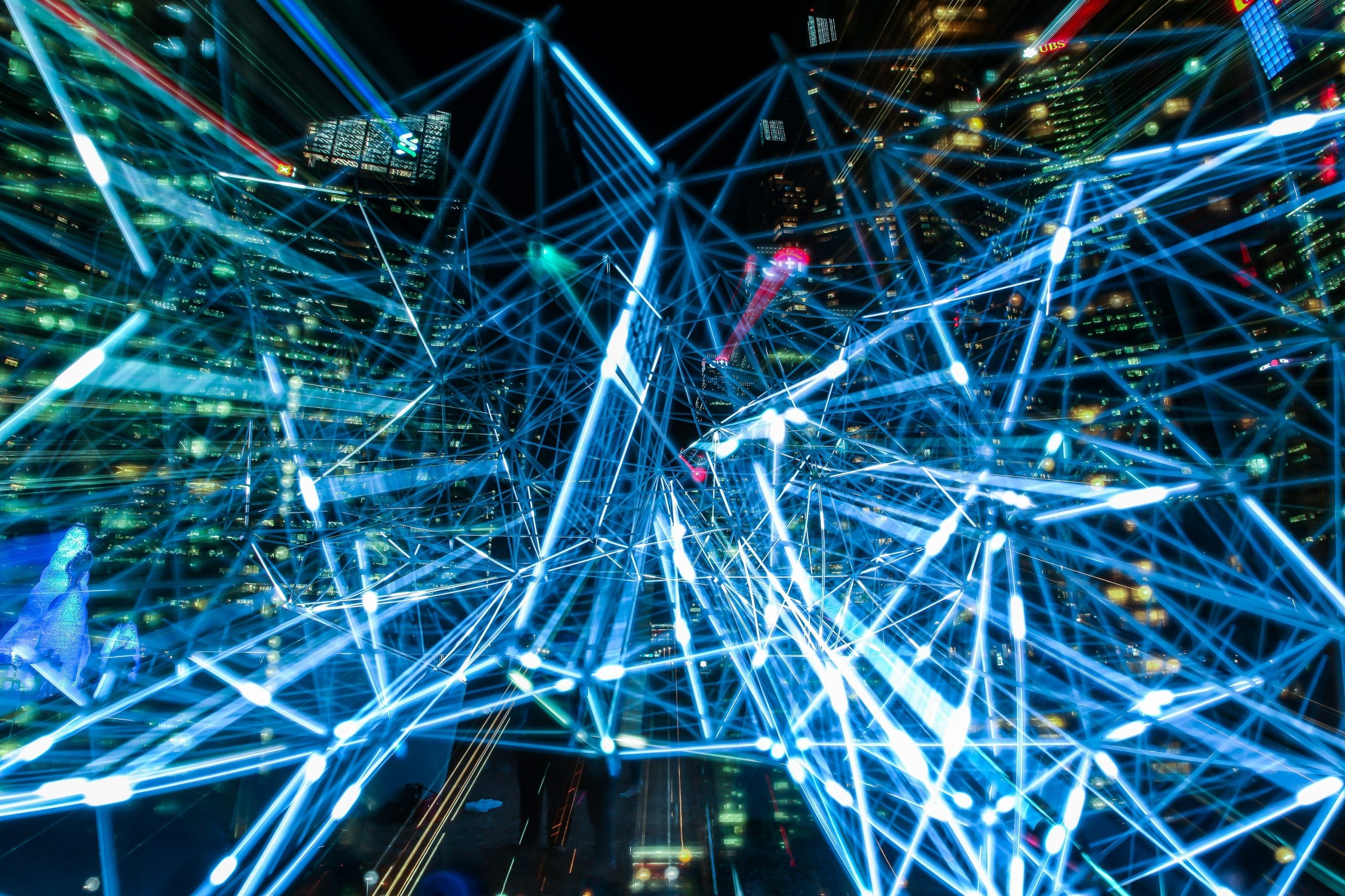When it comes to employee safety, mitigation is too little, too late. For this reason, more businesses are employing artificial intelligence (AI) technology to predict where incidents may occur and prevent them from ever happening. However, the difficulty in setting up and maintaining tools for AI assistance too often means these systems either never get deployed or fail to deliver the promised insights.
Let’s look at how human resources (HR) professionals can apply artificial intelligence to a company’s safety initiatives, provide the data necessary for obtaining meaningful results, and get the answers needed from an AI assistant.
Anatomy of AI for Safety
If you think about the anatomy of artificial intelligence in business, you’ll typically see three components:
- A natural language processing/understanding algorithm lets us make requests to which an AI assistant can respond.
- Machine learning is the neural network that scans data to locate patterns.
- A visual component may include a closed-circuit TV (CCTV) to observe workers using machinery or an optical character reader (OCR) to convert paper records into digital data for analysis.
How does AI technology apply to safety? An AI assistant could scan streams of data to identify early indicators of machine or tool failures that can lead to injuries. Or, it could review 1,000 hazard assessments in your database to call out the 10 that answered “no,” so you can focus on the small group of anomalies. The AI assistant could also determine if certain desk or workstation set-ups lead to more repetitive stress injuries. These are just a few examples of how AI assistants can play a powerful role in predicting and preventing incidents.
How You Collect Data Matters
Increasingly, the natural-language and machine-learning technologies are being built into business applications to extend their functionality, eliminating the need to buy special-purpose software. However, before you can reap the benefits of artificial intelligence, you need to collect the data to be analyzed.
The first step is to clean and normalize the data, structuring it to be repeatable across all of the records that exist. In cases where data is stored in spreadsheets, PDFs, Google docs or even file cabinets, the information will need to be entered into a database that structures the data for consistency. The process can be prohibitively expensive—costing tens or hundreds of thousands of dollars and taking months to years to complete. This leads many AI projects to stall before they ever get started.
Instead, it’s usually more effective to start by collecting new data using applications, such as environmental, health and safety (EHS), human resources (HR), and enterprise resource planning (ERP). These apps automatically normalize the data and store it in some form of database, starting you on the path of generating insights.
We’ve found that in as little as four weeks, HR professionals who start collecting data digitally can gain important insights from their safety programs. Then, it’s possible to go back over time, take those historical records most likely to enrich AI-driven analysis, and enter them into an enterprise application or directly into a database.
Mobile and Web Technologies Foster Collaboration
Ideally, all employees are collaborating in the collection of data. Mobile applications and web apps that can be accessed via mobile phones provide an easy way for workers to input data that is automatically normalized and ready for analysis. This might include data about training, work location, hours on the job before taking a break, or other factors that can contribute to safety risk.
More recently, technologies, such as Quick Response (QR) codes, are providing a way to identify individual employees via their mobile phones and effectively act as digital signatures that can be stored and tracked with other information. This can help track employees at risk because, for example, they lack or have outdated training on particular safety measures.
More Detail Leads to More Insights
It’s not enough to have the right technology for storing data in place. What information you collect will affect how meaningful the AI-driven results are.
For instance, one organization collected data for four years, but it made two mistakes that hindered the ability to reap new insights. First, it captured age groups instead of individuals’ ages. Second, it didn’t normalize the data around active workers. So, one resulting statistic was that more injuries occurred in June, but it lacked context that there were also more workers onsite that month, rendering the finding useless.
Overall, it’s better to collect more data because the machine-learning component of the AI assistant can scan the data to find connections that we are likely to miss.
An AI Assistant Has to Be Trained
AI assistants are essentially cognitive engines that train themselves on how to learn, reason, communicate, and make decisions on their own over time. This means that HR professionals don’t need to be data scientists to obtain meaningful insights. The AI assistant will learn from you and improve its responses over time.
Still, once the AI functionality is in place, you will have to assist in training the system, much like training a new human assistant. Even in the initial training process, it’s possible to see early gains.
Consider the case where you want to understand how many near-miss reports were generated in the past month. Getting the answer from the AI assistant may take three simple commands, including one clarification on the time frame:
- How many near-miss reports were submitted last month?
- Look at the last 30 days.
- Email me the summary.
At that point, you’ve just used the AI assistant to build a report on near-miss reporting in a few minutes with three lines of communication. By comparison, some managers can take hours to days or even weeks to pull together the status on near-miss reports.
The potential for AI assistants to reshape how we maximize employee safety is tremendous. And by collecting data around safety performance in a digital, normalized structure today, you will have the right information to take advantage of AI assistants tomorrow.







